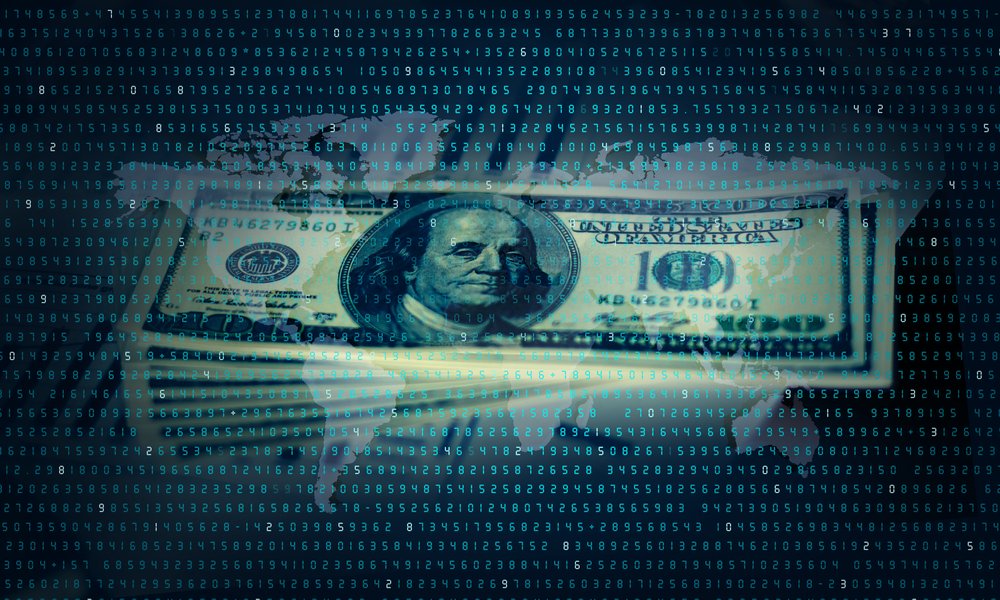Over the past few months, we have come across a few reasons to grow weary of the Tether project. After the team created millions of USDT out of thin air, many people were eager to see whether the company would release a financial statement confirming they possessed the corresponding amount of USD holdings. So far, things seem to be adding up, but there are still other concerns associated with Tether that can’t be dismissed so easily.
Tether is Still Risky Business
While it is good to see the company issue a new financial statement regarding its assets just last week, there are still some issues associated with Tether which can’t be squared away with such a PDF file. The issuance of millions of USDT in quick succession caused a lot of confusion among cryptocurrency users last month, but it seems the company does have the USD balance to warrant this sudden influx of USDT across exchanges.
As most people are well aware, the USDT is a digital representation of one US Dollar. However, the “Tether dollar” is not issued by the Federal Reserve and has always been somewhat of a controversial cryptocurrency in this regard. With its value fixed at US$1 per token, there is no room for speculation either, which can be considered both a good and a bad thing right now. Backing all tethers with actual assets is not an easy feat, especially with nearly half a billion tethers in circulation right now.
Tether’s success is pretty significant, but it is also cause for concern. There is no restriction on who can use Tether right now, and it is certainly possible this digital token will be involved in money laundering schemes at some point in the future. We have seen various governments crack down on cryptocurrencies because of this potential risk. Moreover, the bank account which stores all US dollars associated with the current USDT in circulation is still considered to be a central point of failure.
In fact, it recently became painfully obvious that this bank account is such a major problem. A few months ago, Tether struggled to convert USDT back to USD due to issues with its bank account. As a result, users were forced to pay a slight premium for people willing to buy up USDT in exchange for US dollars across various exchanges. At one point, that premium had risen to 7%, which effectively valued every single USDT at just US$0.93 instead of US$1. This issue was resolved quickly, but it is still pretty troubling.
Should the US (or any other) government go after Tether, it is unclear what the future would hold. Everyone will agree issuing a digital dollar without consent from the Federal Reserve will irritate the institution sooner or later. This is especially true given that the Fed may introduce its own digital currency in the future, although those plans have not been set in stone just yet. It is evident this currency will not be a tool for criminals anytime soon, due to its fixed value and potential requirement to undergo identification before using it in the first place.
In fact, one could argue USDT has all the markings of a central bank digital currency without being effectively issued by a central bank. It is a concept that will face scrutiny sooner or later, and when it does, things won’t be looking great for the parent company whatsoever. Whether or not we will ever see such a situation unfold remains to be seen, though. For now, there appears to be little interest by the US government in Tether, although things can change at any given moment.

